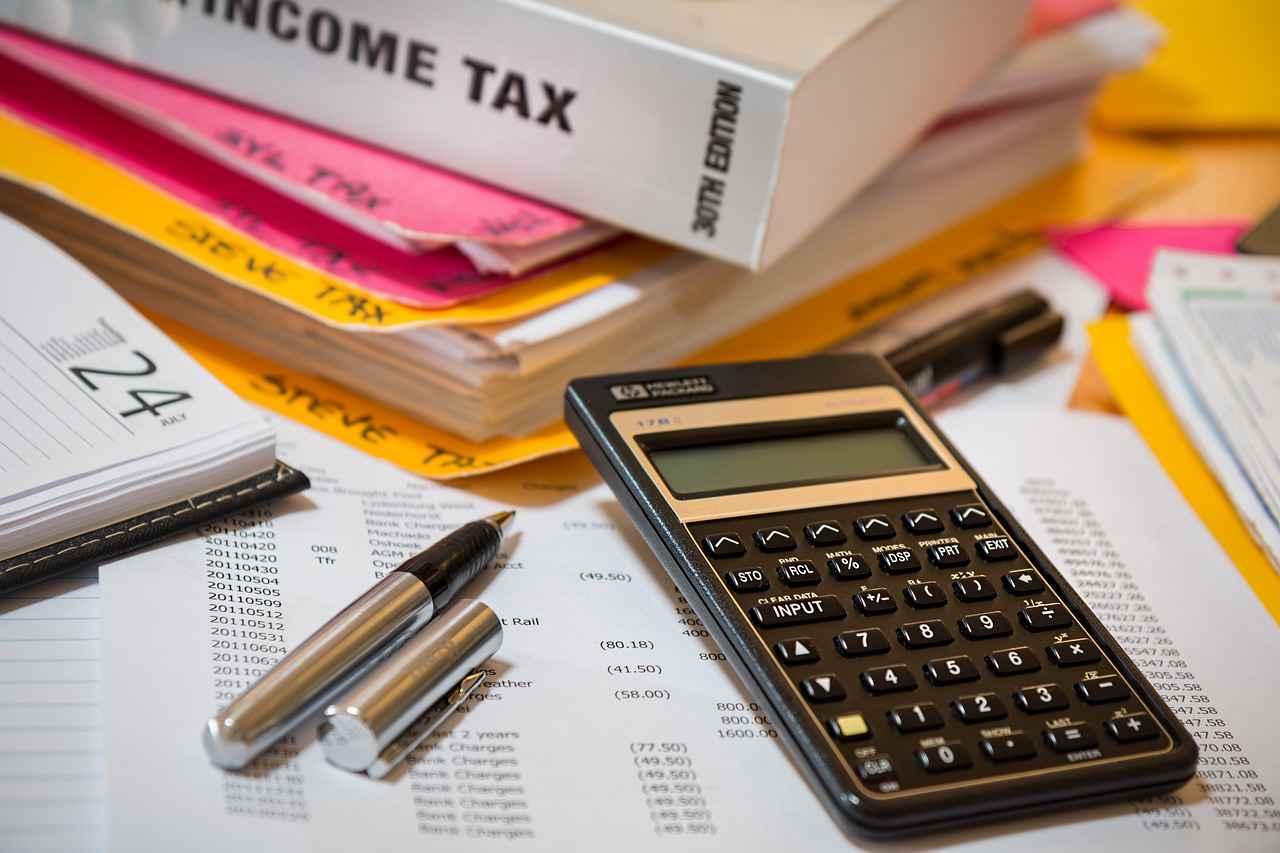Recently, I found myself in a situation I never expected: I accidentally paid my estimated taxes twice. If you’ve ever wondered what happens if you do the same, here’s the good news—you’ll get your money back, usually within six weeks.
How Did This Happen?
The blunder occurred due to a mix-up with new tax software combined with a simple user error. I’ve been doing my taxes online since 2002 and consider myself pretty adept at it. I find that handling my taxes personally helps me stay informed about tax laws and manage my financial planning more effectively. It also gives me a direct feel of my tax contributions to society, influencing how much I decide to work each year.
Consulting a Professional
Despite my experience, I recognize that mistakes can happen, which is why I opted to pay a CPA $200 to review my tax submission this year. This decision came about after I encountered a software glitch that required professional intervention for it to process multiple K-1 forms from my investments. While initially reluctant, I viewed the fee as worthwhile, especially when my estimated tax liability dropped from $20,000 to $13,372 after the review.
The Double Payment Incident
However, after finalizing my taxes with what I thought was a neat $6,600 federal and $600 state refund, I received a notification from the tax software stating another sum—exactly matching my tax liability—would be withdrawn from my bank account. This confusion stemmed from the software not recognizing my previous payment of estimated taxes.
After consulting with the CPA again, she advised that the best course of action would be to inform the IRS directly to sort out the overpayment. She reassured me that the excess payment could be applied to next year’s taxes or refunded.
Dealing With the IRS
Calling the IRS, I braced for a long wait, and indeed, it took an hour to reach an agent. The agent confirmed that overpayments are typically processed and refunded within six weeks of accepting the tax return. She verified that they had my bank information for an electronic refund, though both my federal and state refunds eventually arrived via mail.
Key Takeaways from My Experience
1. Always Verify Before Submitting: Double-check the amounts and your tax software’s acknowledgments of previous payments.
2. Understand the Software Settings: Ensure your account settings and payment setups are correct, particularly when using automatic debit features.
3. Keep Communication Open with Your CPA: Clearly discuss any pre-payments you’ve made; they can adjust your filing accordingly.
4. Stay Organized: Keep all your tax records organized and easily accessible in case you need to reference payments or discuss your account details with the IRS or a tax professional.
5. Maintain Updated Personal Information: Make sure your mailing address and bank information are current with the IRS to avoid delays in receiving refunds or necessary communications.
6. Be Prepared Financially: Have enough in your bank account to cover any unforeseen charges to avoid financial strain while waiting for issues to be resolved.
Accidentally paying your taxes twice is a rare but fixable mistake. Always ensure you have sufficient documentation and a clear understanding of the tax filing process, and when in doubt, consult a professional. Remember, staying informed and prepared is your best defense against tax time surprises.











































